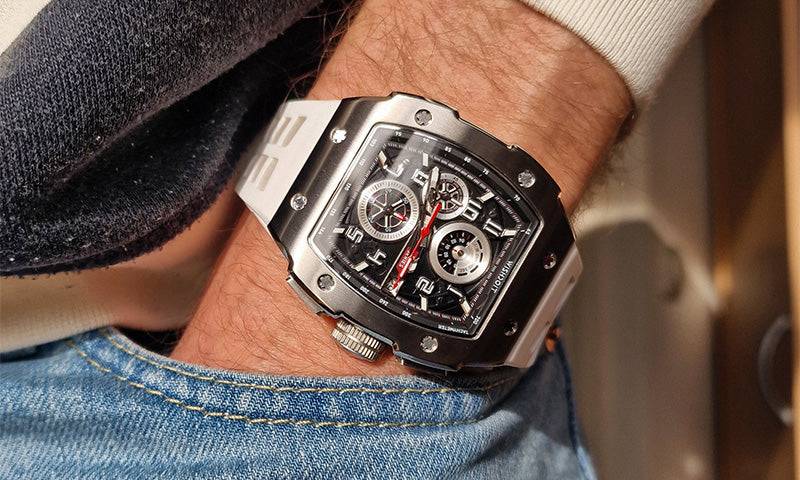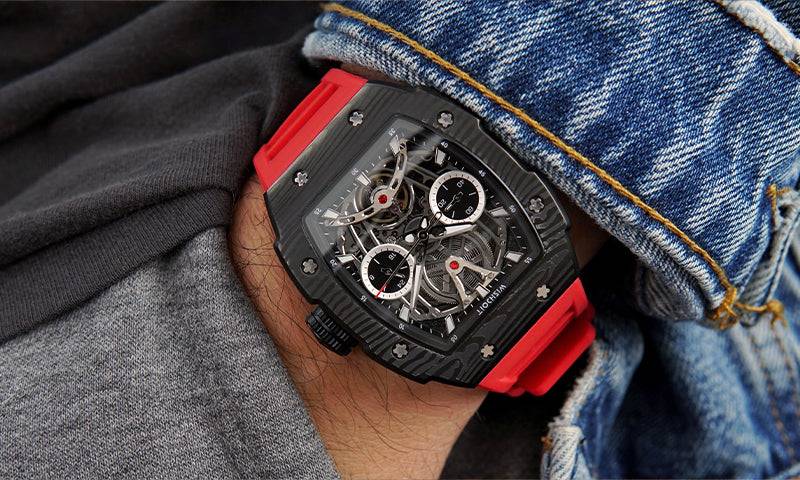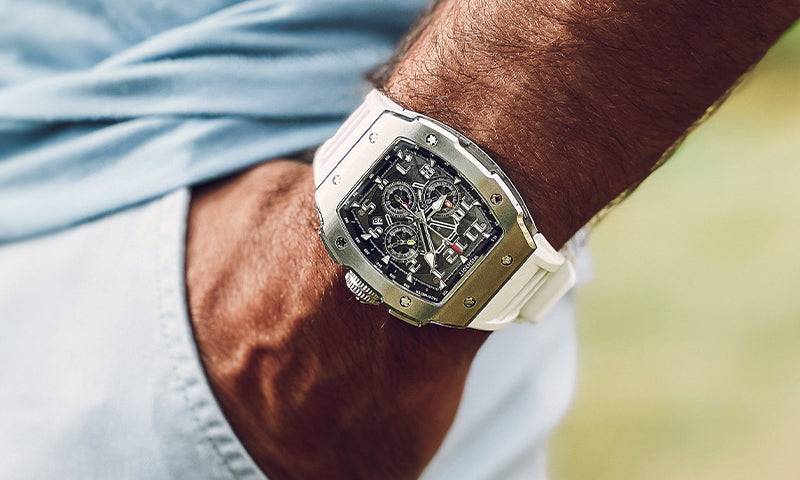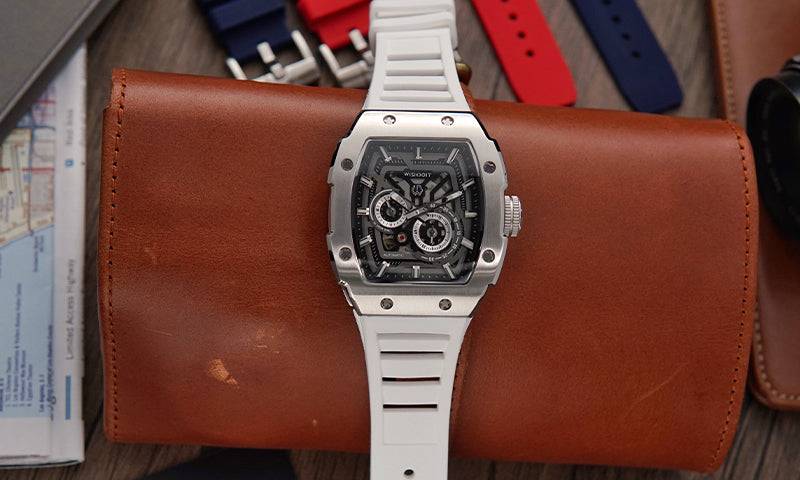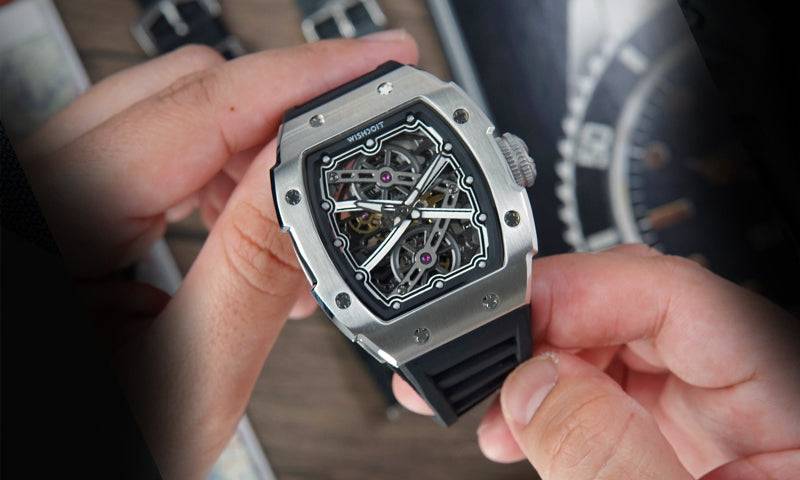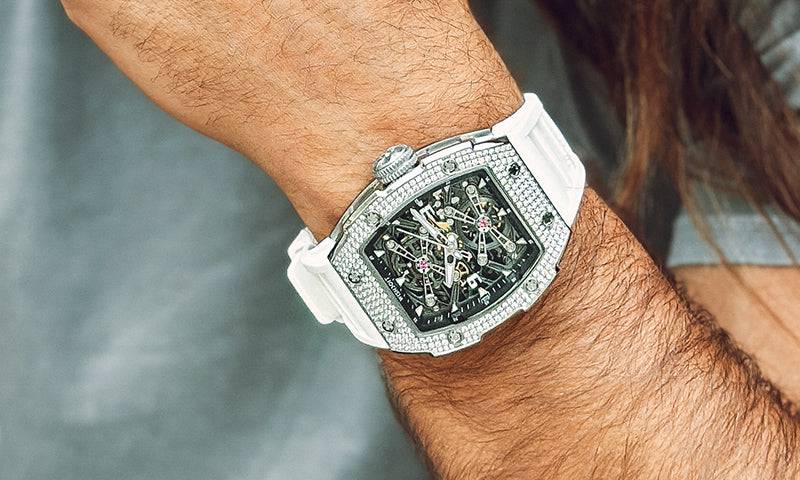When we observe the watch mirrors from the surface, it is actually impossible to distinguish which material they are used to make the watch mirrors. There are four types of watch mirrors: sapphire crystal glass, synthetic glass, mineral crystal glass, and anti-glare mirror. Among them, mineral crystal glass is the most used material by everyone.
Someone asked why not use more sapphire crystal glass. Because the material of sapphire crystal glass is relatively rare, and the cost is much higher than that of mineral crystal glass. After comprehensive consideration, many businesses will choose mineral crystal glass material to make the table mirror.
How does mineral crystal glass come from? Some people say it is made of natural crystal. This was indeed used to make watch mirrors in the past, but as time goes by, more and more people mine natural crystals, and its number decreases. Which increases the difficulty of mining. Many manufacturers in order to survive and meet people's needs. They used other chemical methods to make artificial crystal, which is mineral crystal glass. The artificial crystal has high permeability and strong plasticity. It can be used to make various crafts.
The principle of its production is actually very simple, they use Silica in chemistry, potassium oxide, barium oxide and other materials to cook together. Such a crystal will look very shiny, and after polishing, its clarity will be very high. In addition, the hardness of the mineral crystal glass table mirror is strengthened after polishing, and its hardness can reach Mohs level 7. Although it is not as good as the sapphire crystal glass, it is much more durable and stable than the sapphire crystal glass. Because sapphire crystal glass is fragile and not drop-proof.
In general, whether it is made of mineral crystal glass or sapphire crystal glass, they have their own advantages and disadvantages. They cannot be judged unilaterally. As long as the watches we buy are what we like and they are comfortable to wear, that’s the most important thing.




